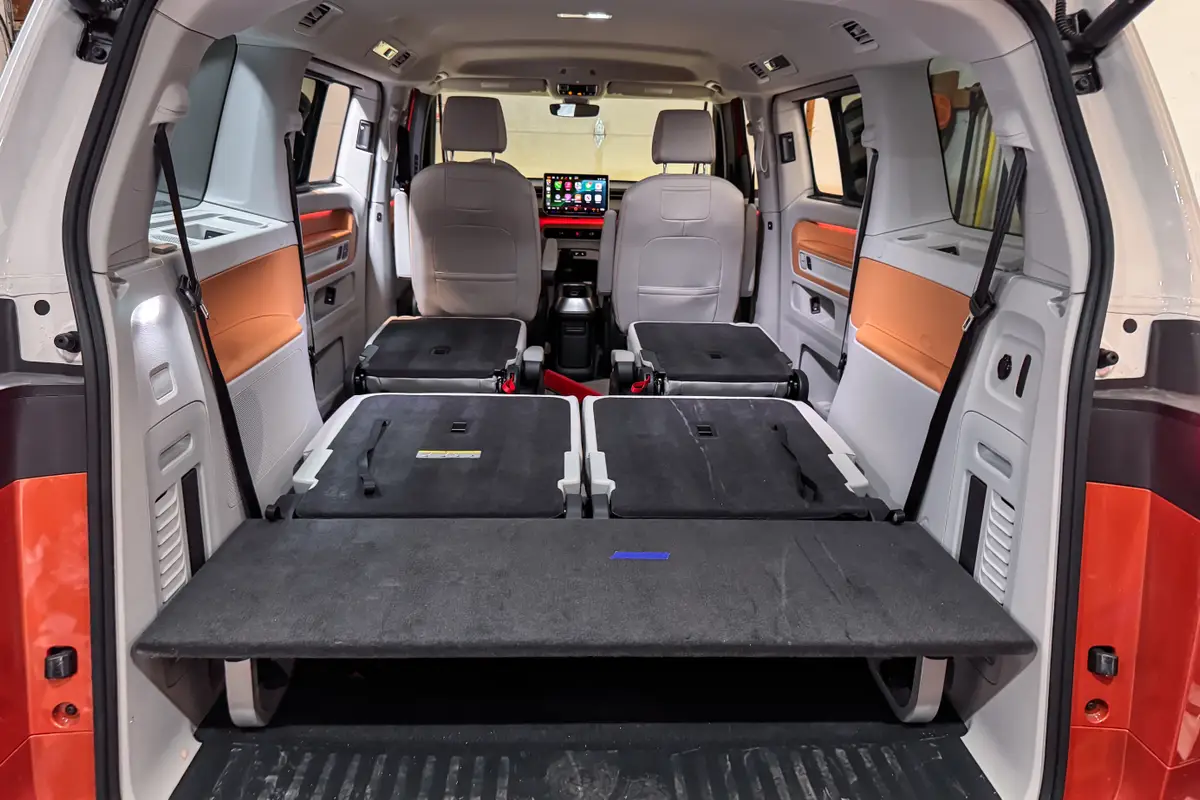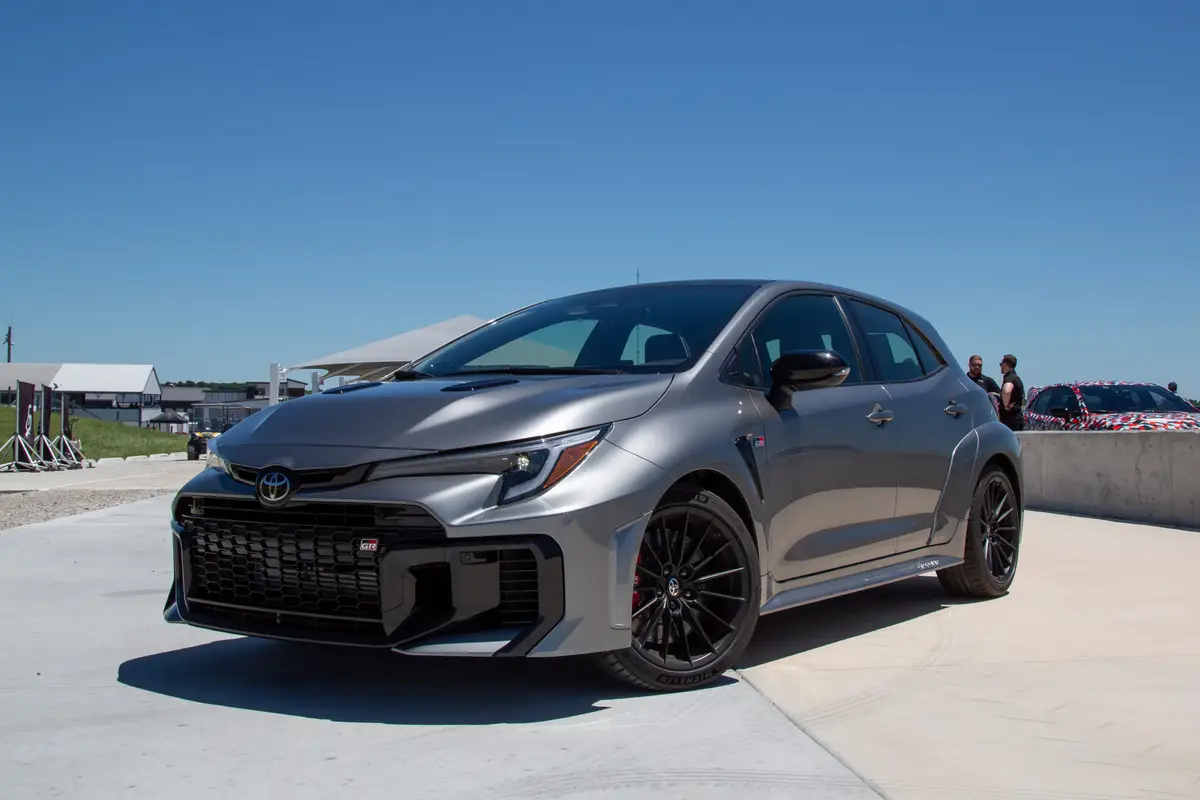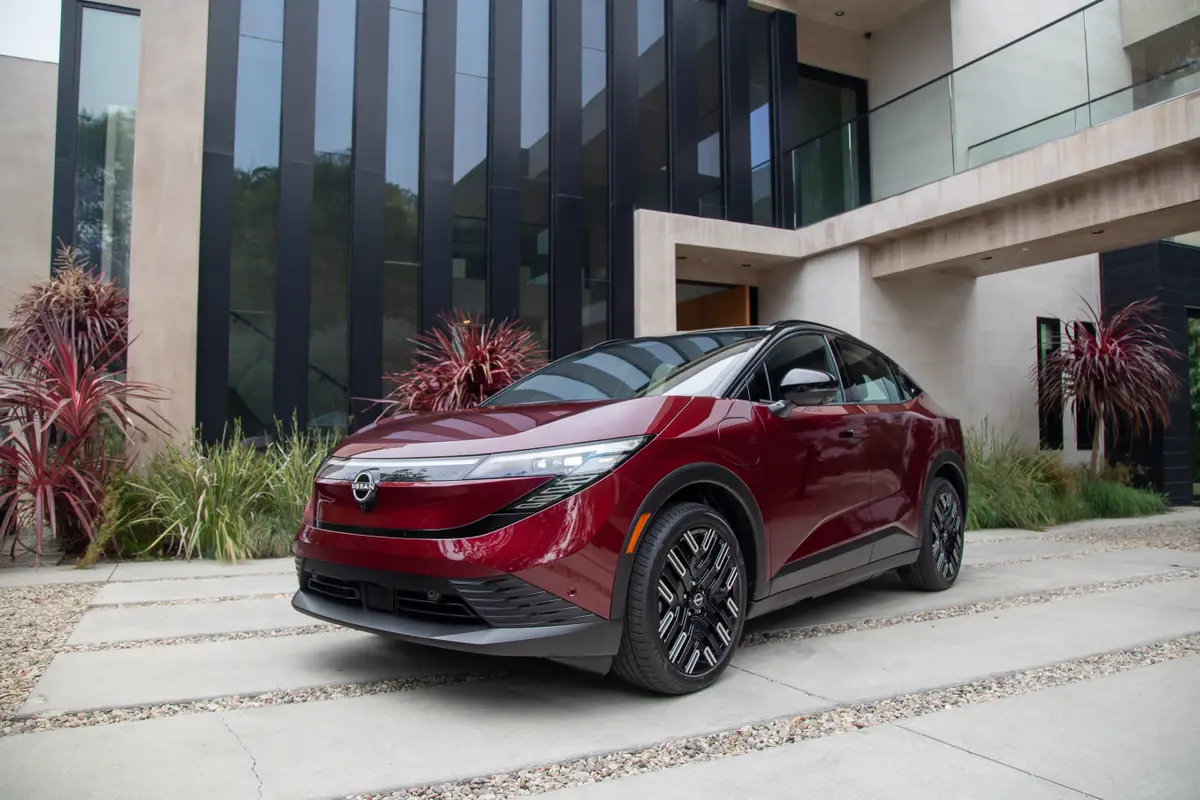2017 Toyota 86 Review: First Drive

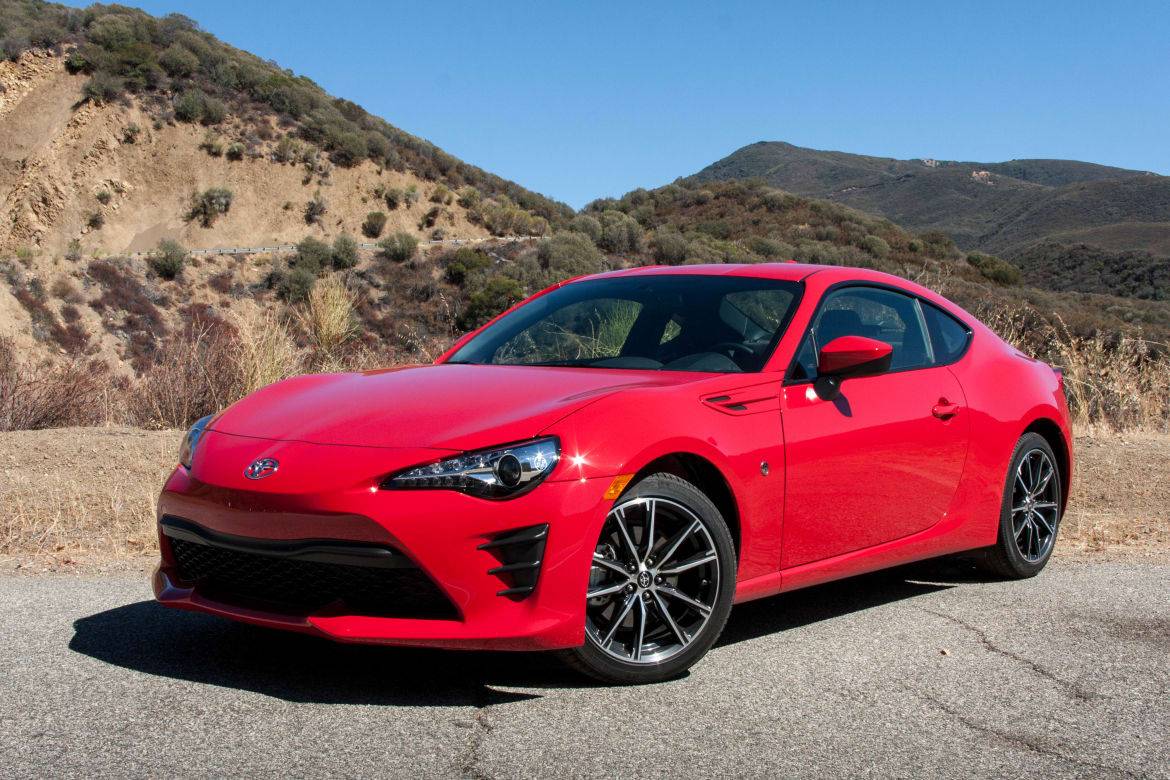
CARS.COM — When I first heard that Scion was meeting an unfortunate fate earlier this year, my first thought was, “What’s going to happen to the FR-S?” Toyota has off-road vehicles, big vehicles, small vehicles, fuel efficient vehicles and reliable vehicles. But what else in its lineup really screams fun or sporty, no matter what the Camry commercials may say?
Related: 2017 Toyota 86 Video
So I was happy to hear that the FR-S would find a landing spot in Toyota’s lineup and that it would also get a new name in the shuffle: 86, the same name by which it’s sold in the rest of the world.
The name isn’t the only thing that’s changed. There are exterior styling updates, a revised suspension and a bit more power for models with a manual transmission. One thing that did carry over from Scion: The 86 still has no trim levels. Buyers can choose between navigation (or not), color and transmission, and that’s pretty much it. The car was developed with Subaru, which continues to sell a version called the BRZ with comparable mechanical changes.
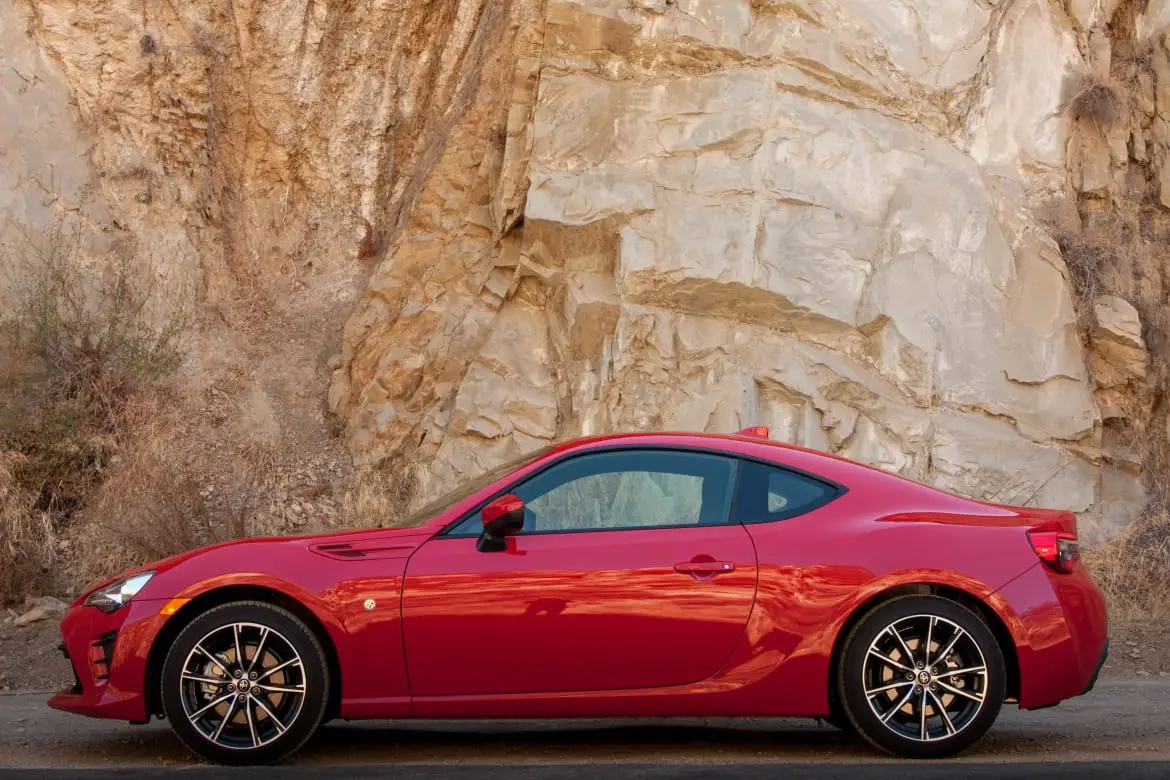
Styling Changes
There are now many 86 badges scattered throughout the vehicle: on the front fenders, embossed in the front headlight clusters and on top of the rear bumper, below the trunk opening. If you missed those, don’t worry — there’s also a giant 86 stuck right on the steering wheel. LED daytime running lights and headlights are new, and the taillights are an all-LED affair as well. Up front, the lower part of the front bumper has been stretched, making the 86 look lower and wider than its predecessor.
Inside, Toyota has also added new Granlux faux suede inserts to the seats, dash and the top of of the doors. If you want to lower the windows and hang an elbow out, the material is very comfortable to rest your arm on. I actually preferred it to leather.
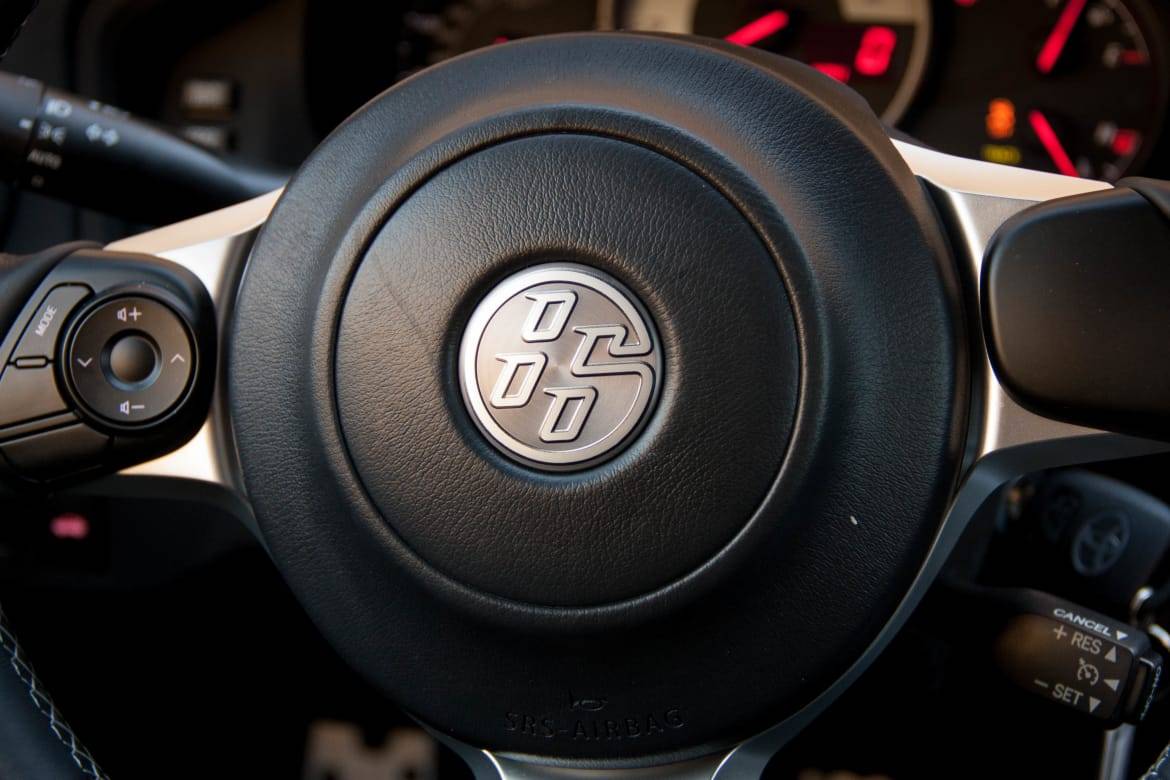
How It Drives
There are some mechanical updates as well. Models equipped with the six-speed manual transmission get a power boost, with the 2.0-liter four-cylinder boxer engine making 205 horsepower and 156 pounds-feet of torque compared with 200 hp and 151 pounds-feet in the FR-S and 2017 86 with six-speed automatic.
The extra power isn’t really noticeable. I’ve thought that the FR-S (and now 86) could use more low-end torque, but adding five to each of the power ratings doesn’t move the needle enough to make a difference. I do prefer the manual to the automatic — the automatic is fine and it comes with paddle shifters, but with the manual it’s easier to keep the 86 in the power, which is pretty high up in the rpm range.
However, you do notice an immediate difference in the suspension tuning. The old FR-S was notoriously squirrely; the back end was too stiff, which made it chattery on the road and difficult to feel the limits of the rear tires’ grip. It would break away without much warning, which could be dangerous.

So, Toyota has revised the 86’s suspension, including spring-rate changes, revised shock tuning and a thicker rear stabilizer bar. The updates have settled down the back end and the 86 drives more like the Subaru BRZ now, which is a good thing in my opinion.
When the 86 is pushed, there is better feedback from the rear, and the smidge of body roll has softened the 86’s harsher characteristics. In corners, you can feel the car squatting down on the outside rear tire and slip is gradual instead of sudden. More important, you can feel it coming. The skinny tires may still squeal at the very sight of a corner, but the suspension changes really enhance the driving experience. It handled the long, high-speed sweeping turns on our drive route better than the FR-S ever could, and the softer suspension won’t jar your fillings out on poor roads.
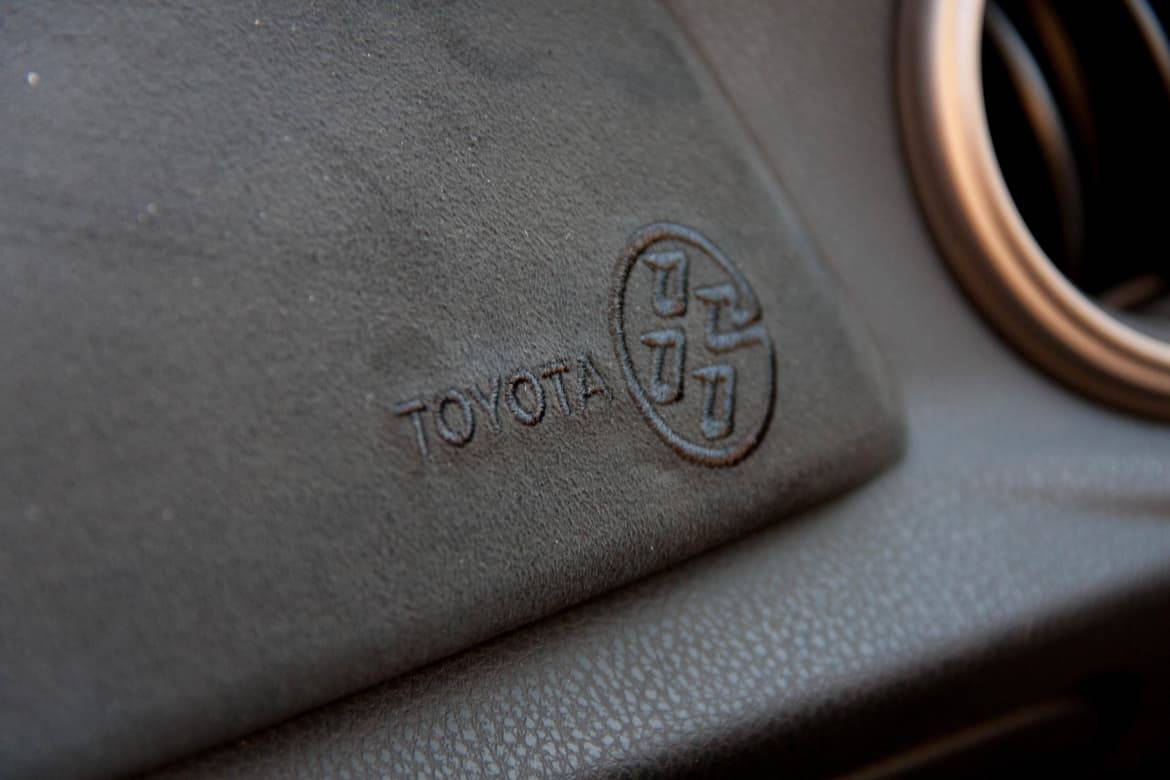
Conclusion
These updates move the 86 incrementally forward. The updated suspension improves handling and dynamics, while the styling changes provide enough of a signal that this now a Toyota and not a Scion. It’s a fun little thing to drive and thankfully still has that “going 30 but feels like 50” sensation that I love in small sporty cars.
The price for the 2017 86 has gone up $950 for manual models and $570 for automatics compared with the 2016 FR-S. That makes it $27,120 for a manual or $27,840 for an automatic (prices include destination). The 2017 Toyota 86 is now on sale.
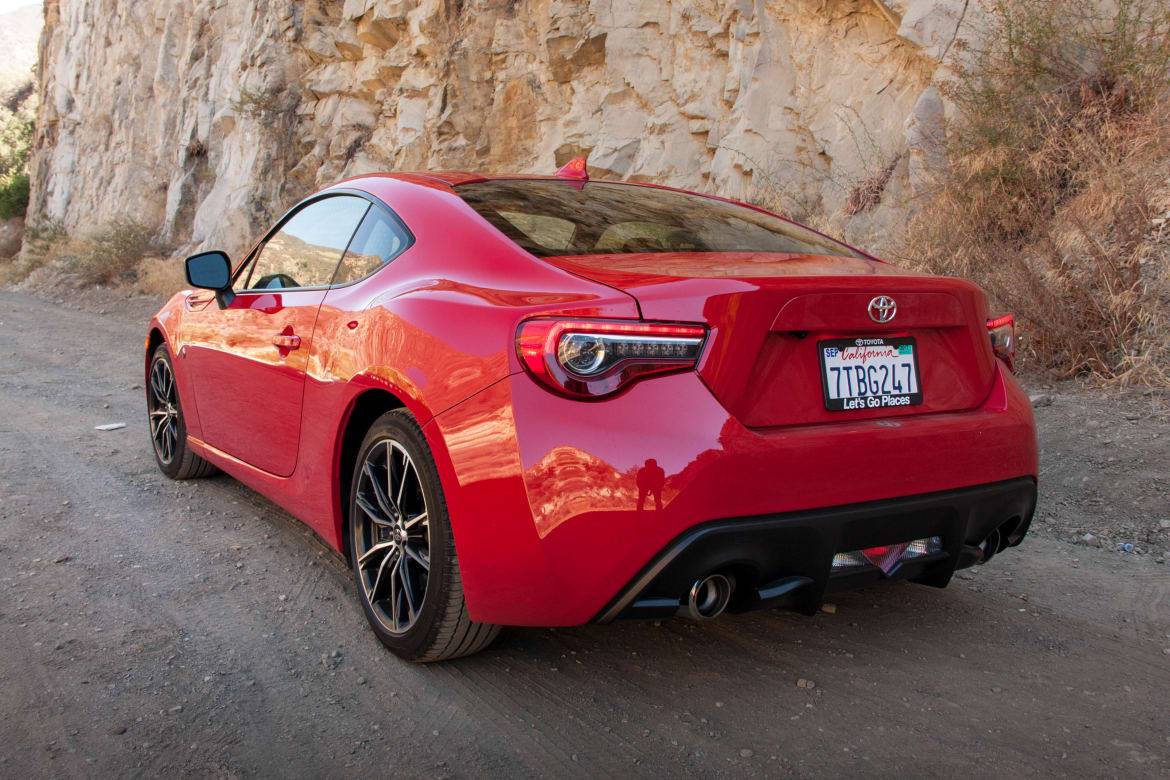

Former L.A. Bureau Chief Brian Wong is a California native with a soft spot for convertibles and free parking.
Featured stories
